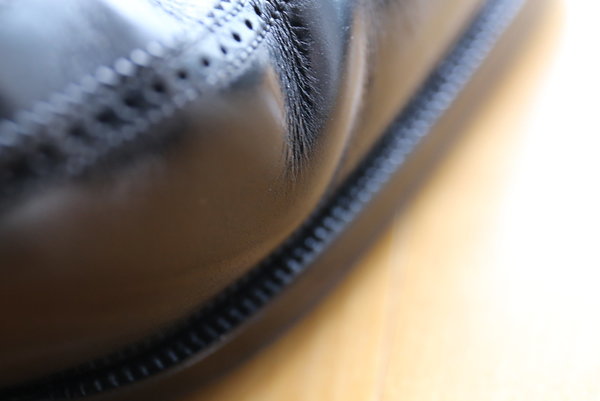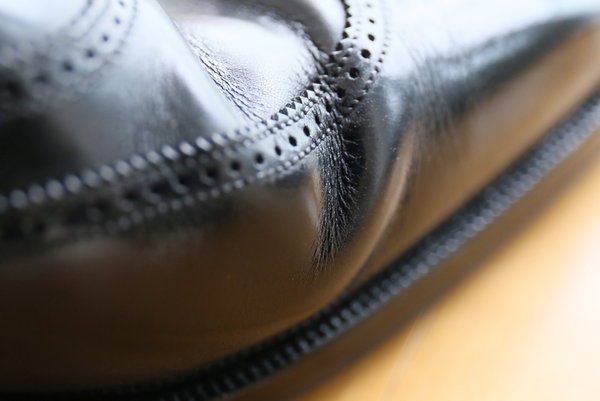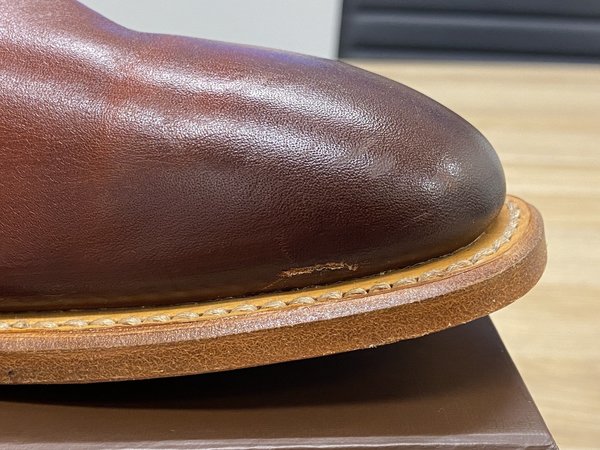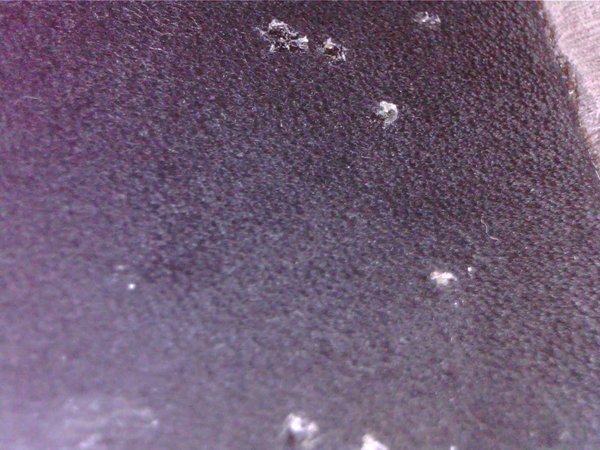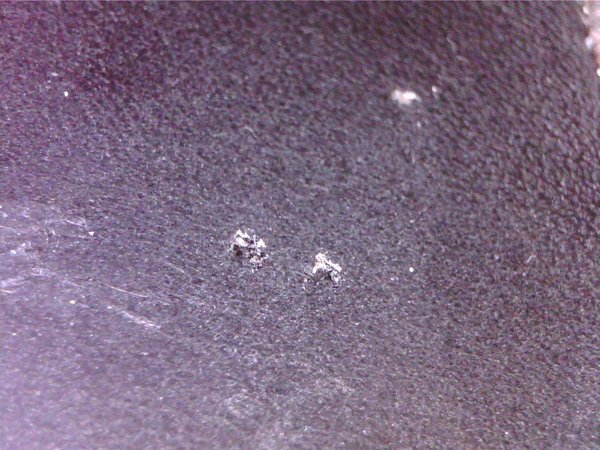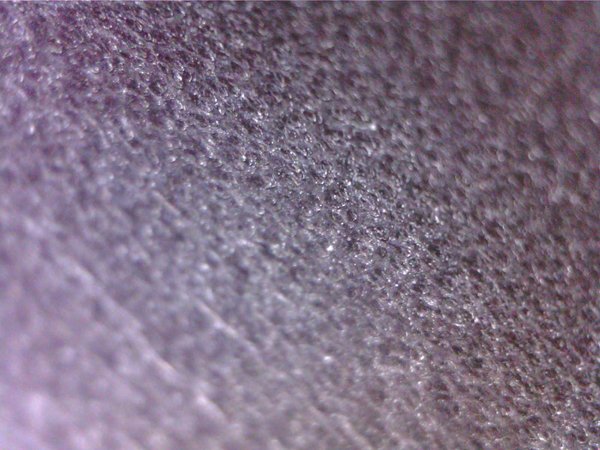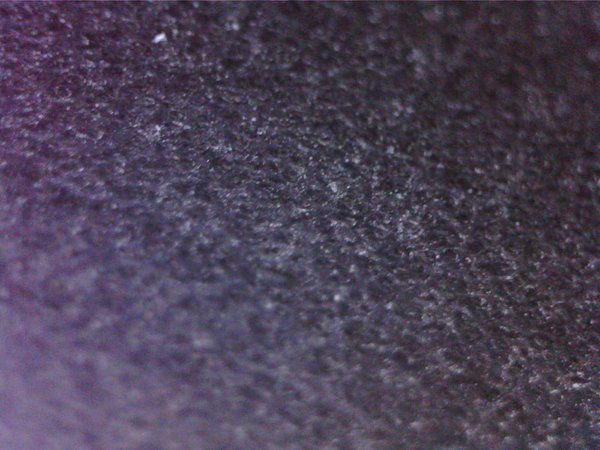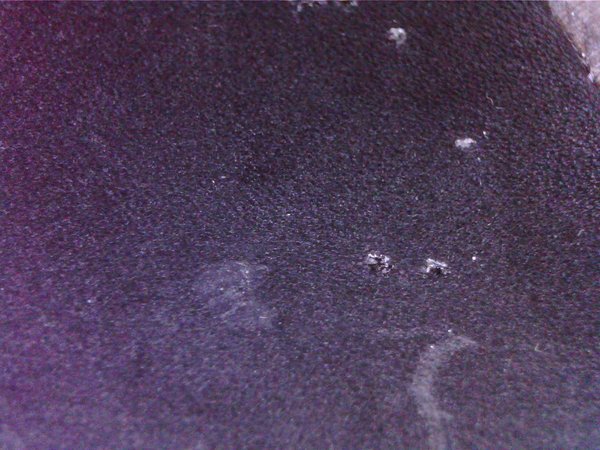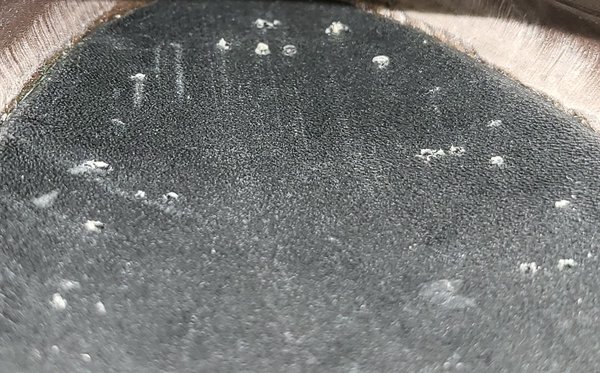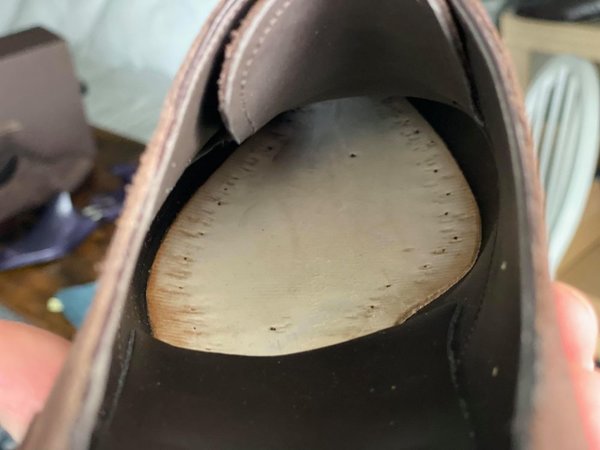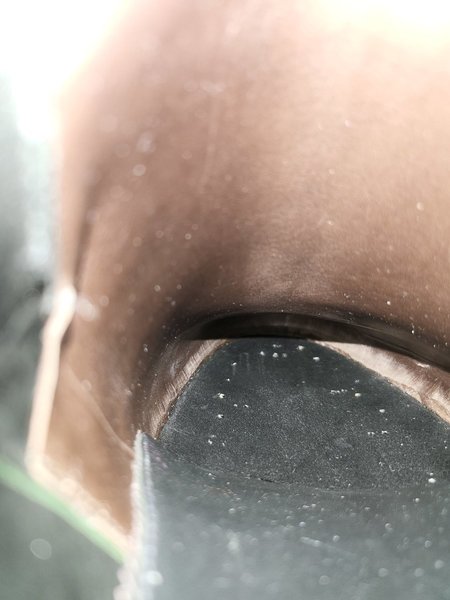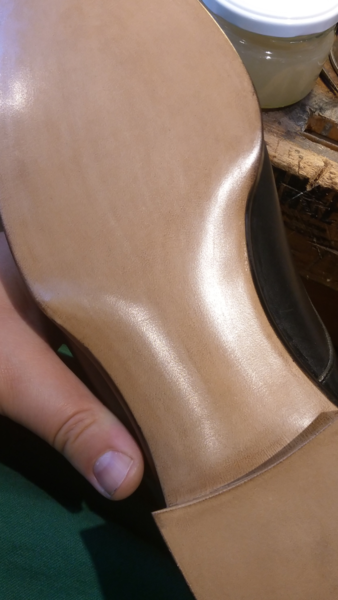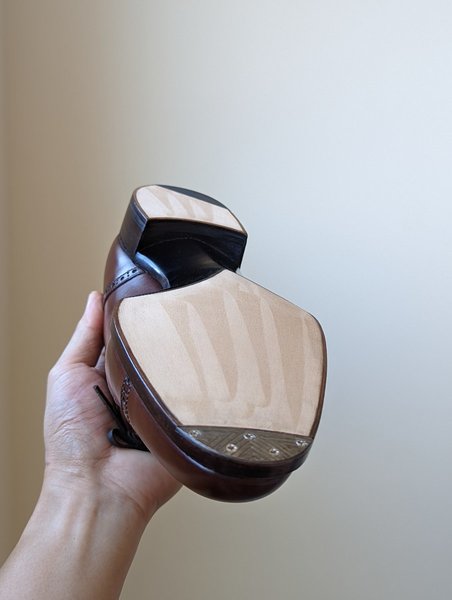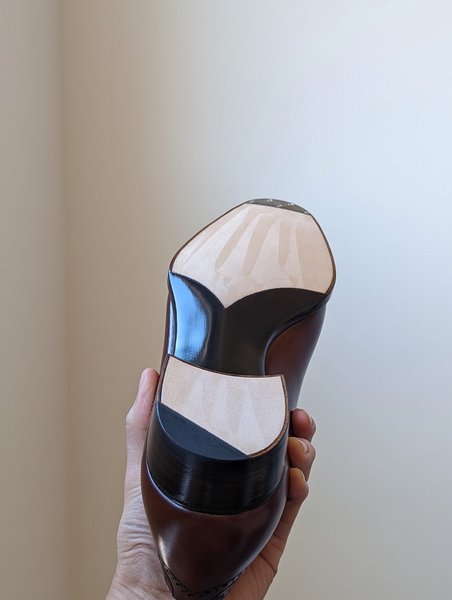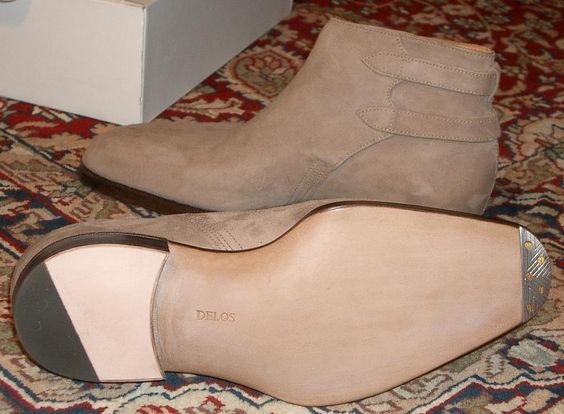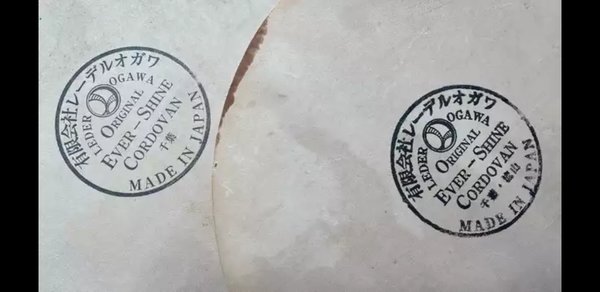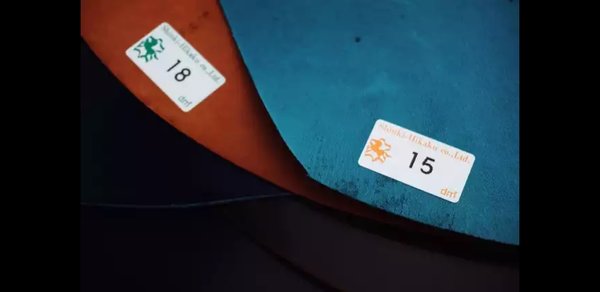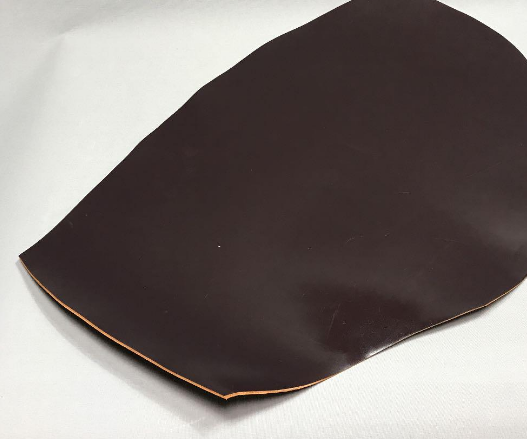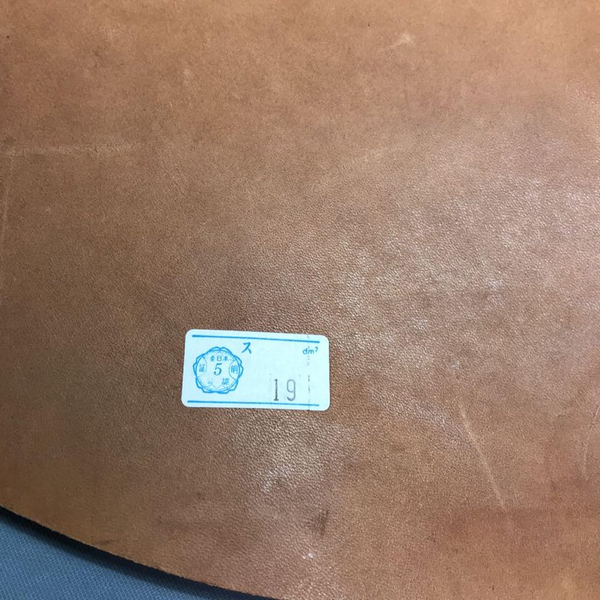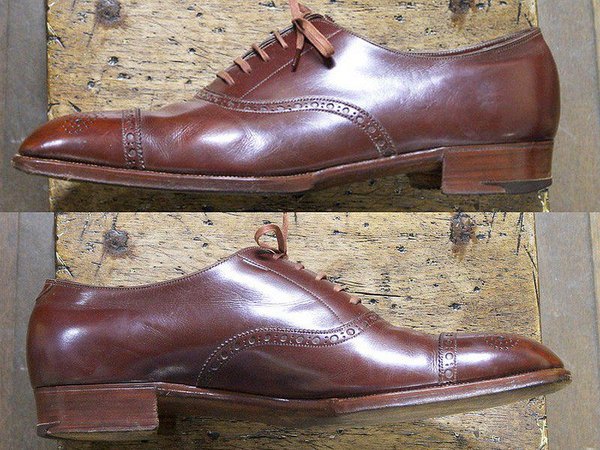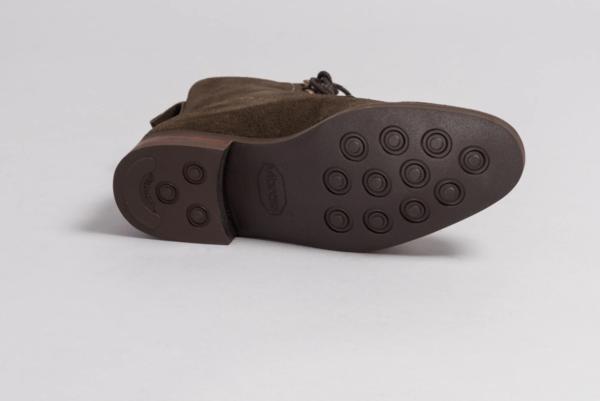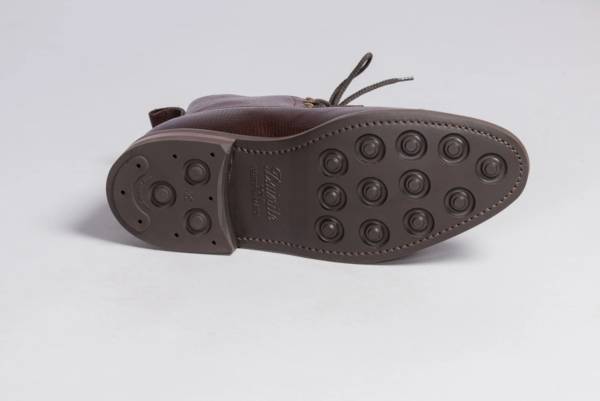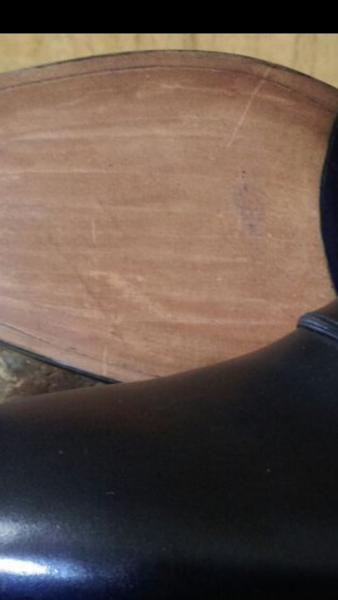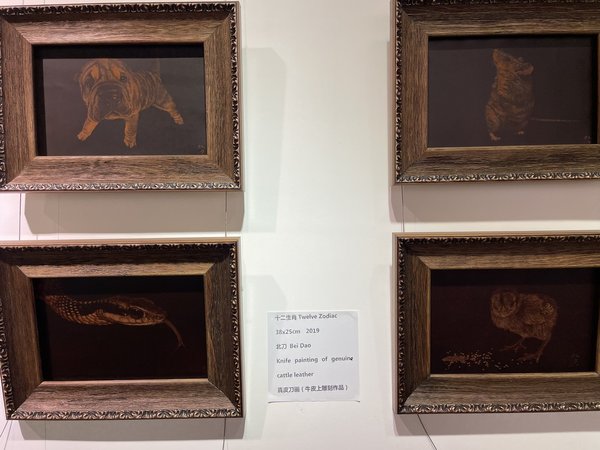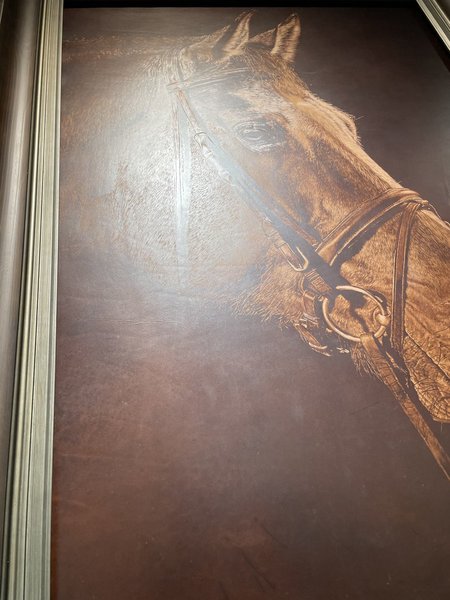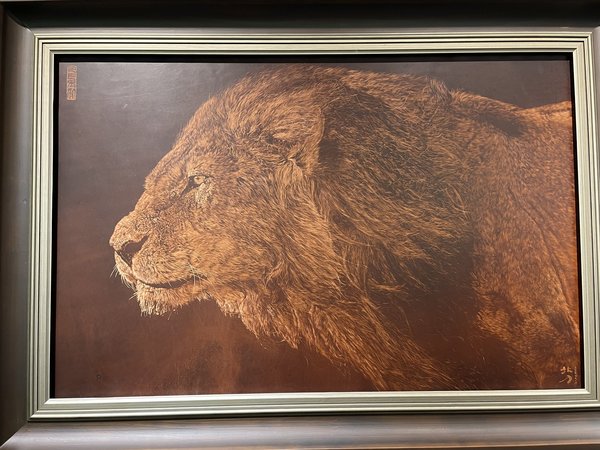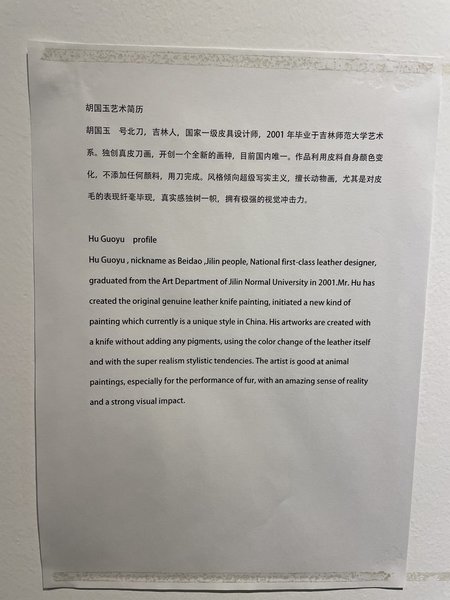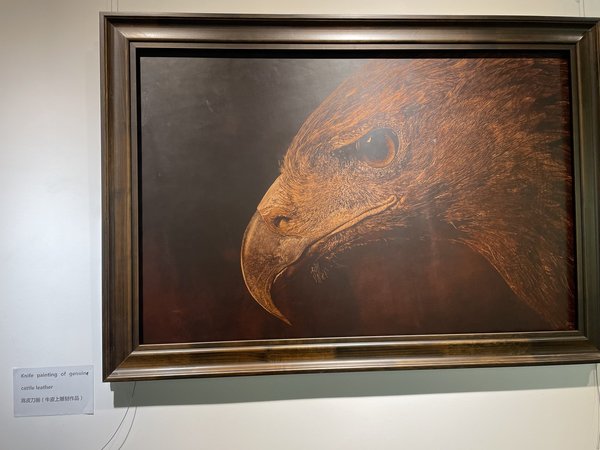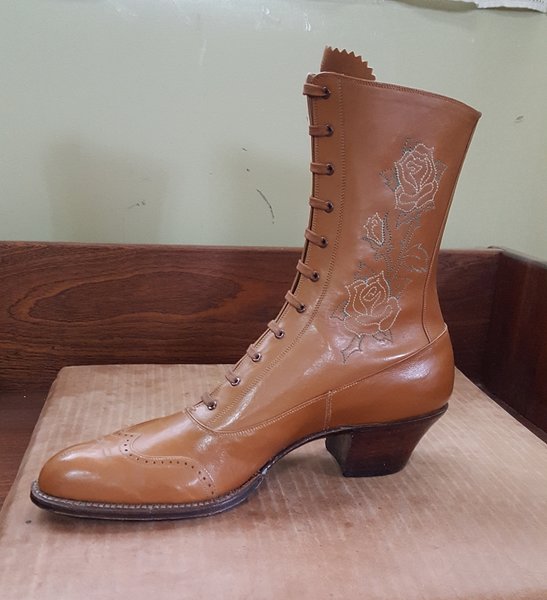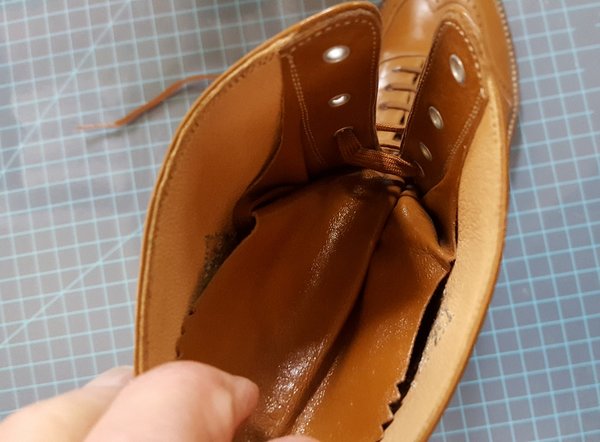- Joined
- Jan 8, 2008
- Messages
- 10,132
- Reaction score
- 5,714
You missed another critical understanding--
Any competent shoe repairman can, all other things being equal, resole / repair a HW shoe easily...often more easily than repairing a GY welted shoe. If a GY welted shoe is is good condition there should be no problem. But again, a HW shoe just by virtue of the inherent structural integrity created by the technique, as well as materials used, means that there will always be potentially less problems to deal with than a GY shoe worn to the same degree and in the same conditions.
the process of making shoes by hand (and handwelting) evolved specifically to make the shoes easier to repair. And theoretically, indefinitely...as long as the owner took care of his shoes and got them repaired on a timely basis.
Any competent shoe repairman can, all other things being equal, resole / repair a HW shoe easily...often more easily than repairing a GY welted shoe. If a GY welted shoe is is good condition there should be no problem. But again, a HW shoe just by virtue of the inherent structural integrity created by the technique, as well as materials used, means that there will always be potentially less problems to deal with than a GY shoe worn to the same degree and in the same conditions.
Last edited:

![Lurker[1] :lurk: :lurk:](/styleforum_ads/smilies/lurker[1].gif)
![Fing02[1] :fonz: :fonz:](/styleforum_ads/smilies/fing02[1].gif)

